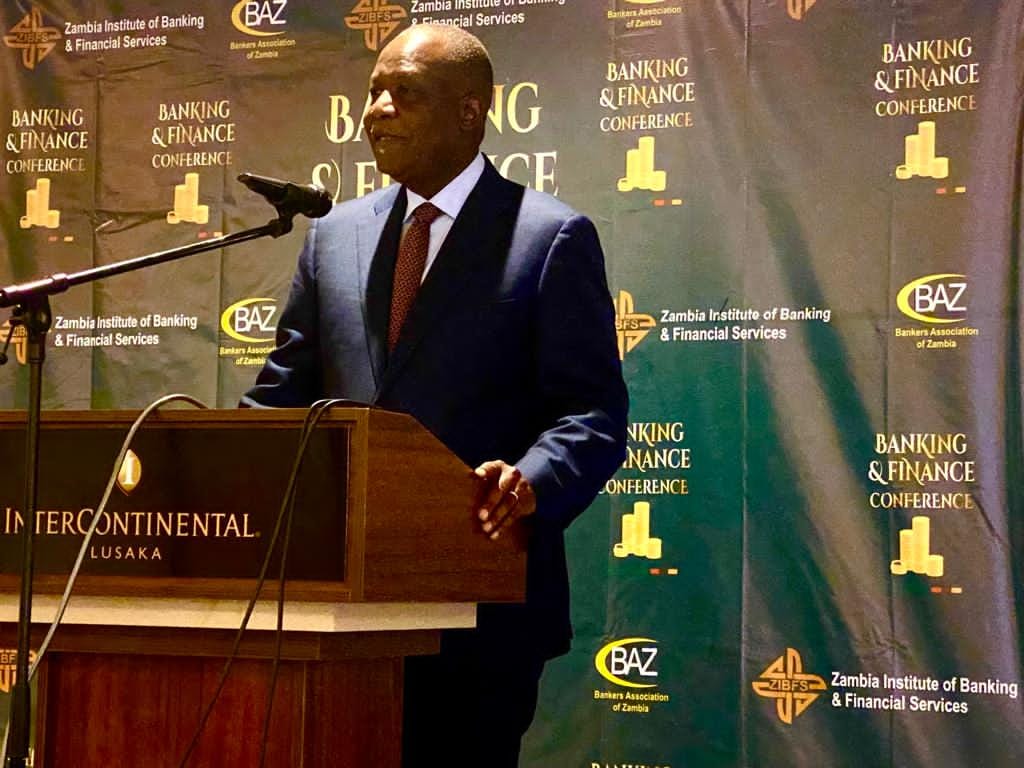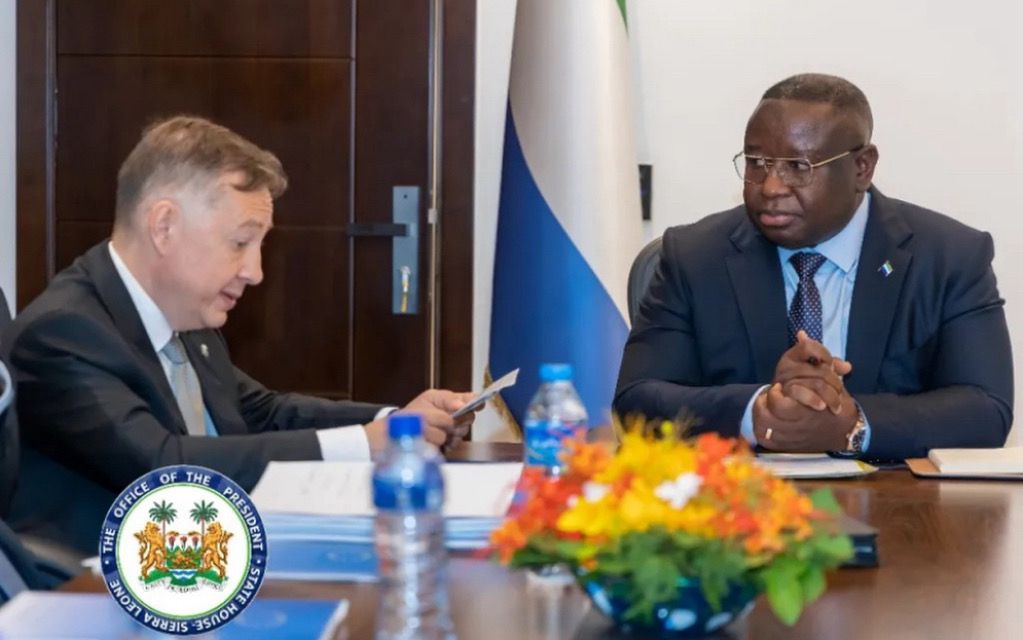Government has challenged banks and other financial institutions to mind the gap they create in access to finances owing to the high lending rates when economic fundamentals are strong, which as a result must impact on ordinary citizens.
Technology and Science Minister Felix Mutati said the digital and financial fitness indicators in the country show that economic fundamentals are all going in the right direction, in the aspects of single digit inflation and favourable exchange rate where the Kwacha has become one of the most highly performing currencies among others.
Mr Mutati however wondered that in view of all this, including the Central Bank’s decision to maintain the monetary policy rate at 9 percent, the average lending rate for banks and other financial institutions still remains around 25 percent.
Speaking at the 2022 Banking and Finance Conference in Lusaka today, Mr Mutati said these high lending rates by banks explains the gap and the reason why only about 21 percent of SMEs have access to loans and letters of credit when government’s economic management and fiscal discipline should have had an impact on all the citizens.
“Yesterday, Bank of Zambia Governor said the policy rate remains at 9 percent but the average lending rate still remains at 25 percent and that is why we say mind the gap. It is this gap that explains why only 21 percent of SMEs have access to loans and letters of credit” Mr Mutati said.
The minister has since challenged the bankers that as they deliberate at this conference, the key driver of minding this gap must addressed as the country is fortunate to now have new solutions to the old problems.
And Mr Mutati said technology is at the core of any digital transformation, calling on banks to have it as part of their strategies.
He further said in order to enhance financial inclusion as part of digital strategy, it is the intention of government that digital payment platforms are utilized in order to achieve efficiency, minimize transaction costs and also eliminate fraud, with a target to upscale financial inclusion from 69 percent in 2020 to 80 percent by end of 2022.
Speaking at the same event, Bankers Association of Zambia President, Ms Mizinga Melu said the banking shall continue to support and collaborate with government to ensure the country’s digital transformation agenda is achieved and accelerated.
In a speech read for her by Association Chief Executive Officer, Mr Leonard Mwanza, Ms Melu also indicated a growth in mobile money transactions accounting for around $10 billion and also applauded the minister’s effort to curb fraud and cyber crimes working with other authorities.








